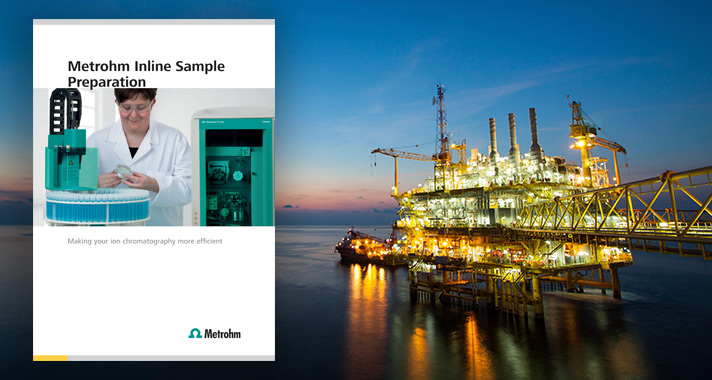Simplified LPG analysis by ASTM D7994-17.
Halides and sulphur in LPG are important factors for corrosion and pollution. Unfortunately, due to the volatile nature of LPG, analysis of these components is more complex than for standard liquid fuels.
Automating one analysis for multiple parameters allows laboratories to lower the volume of sample required, manual handling and the risk associated with the analysis of LPG.
Combustion Ion Chromatography allows for the analysis of halides and total sulphur in one, automated analysis. Low detection limits also make Combustion IC an attractive option for LPG analysis.
IC Application Note CIC–23: Halogens and sulfur in LPG according to ASTM D7994
ASTM D7994 – 17 describes the determination of fluorine, chlorine, and sulfur in liquefied petroleum gas (LPG) by oxidative pyrohydrolytic combustion followed by ion chromatography. A synthetic butane sample is analysed. 50 μL of the sample is injected into the combustion system using the LPG Module. The combustion products are analyzed by IC applying intelligent Partial Loop Injection Technique after Inline Matrix Elimination.
IC Application Note CIC–18: Halogens in LPG applying Metrohm Combustion IC
A liquefied petroleum gas (LPG) sample consisting of butane and propane is analyzed for fluorine and chlorine content. Fluorine and chlorine originate from perfluorobutane and methylchloride, respectively. 50 μL of the sample is injected in the combustion system using the LPG/GSS Module. The combustion products are analyzed by IC applying intelligent Partial Loop Injection Technique after Inline Matrix Elimination.









